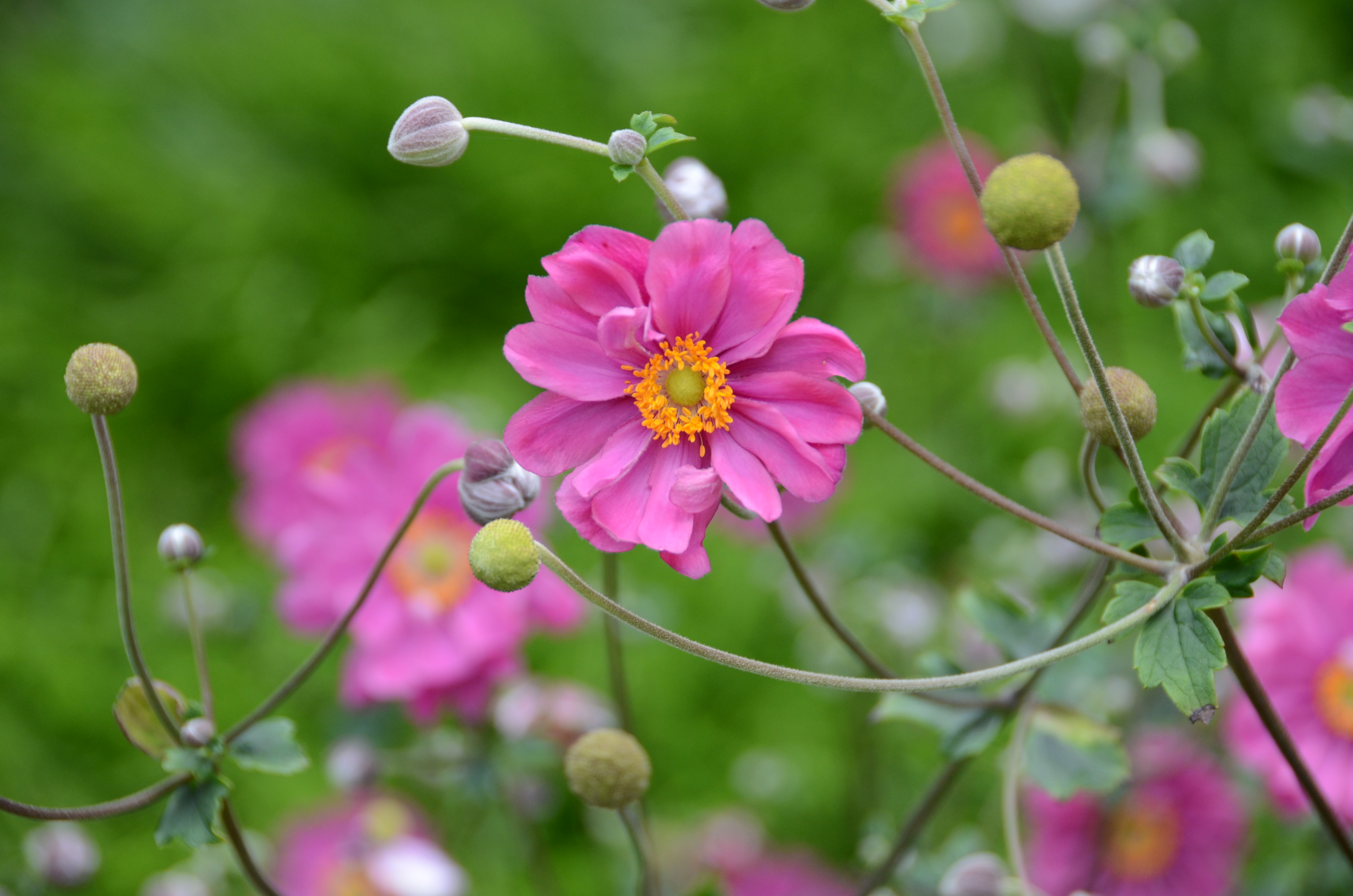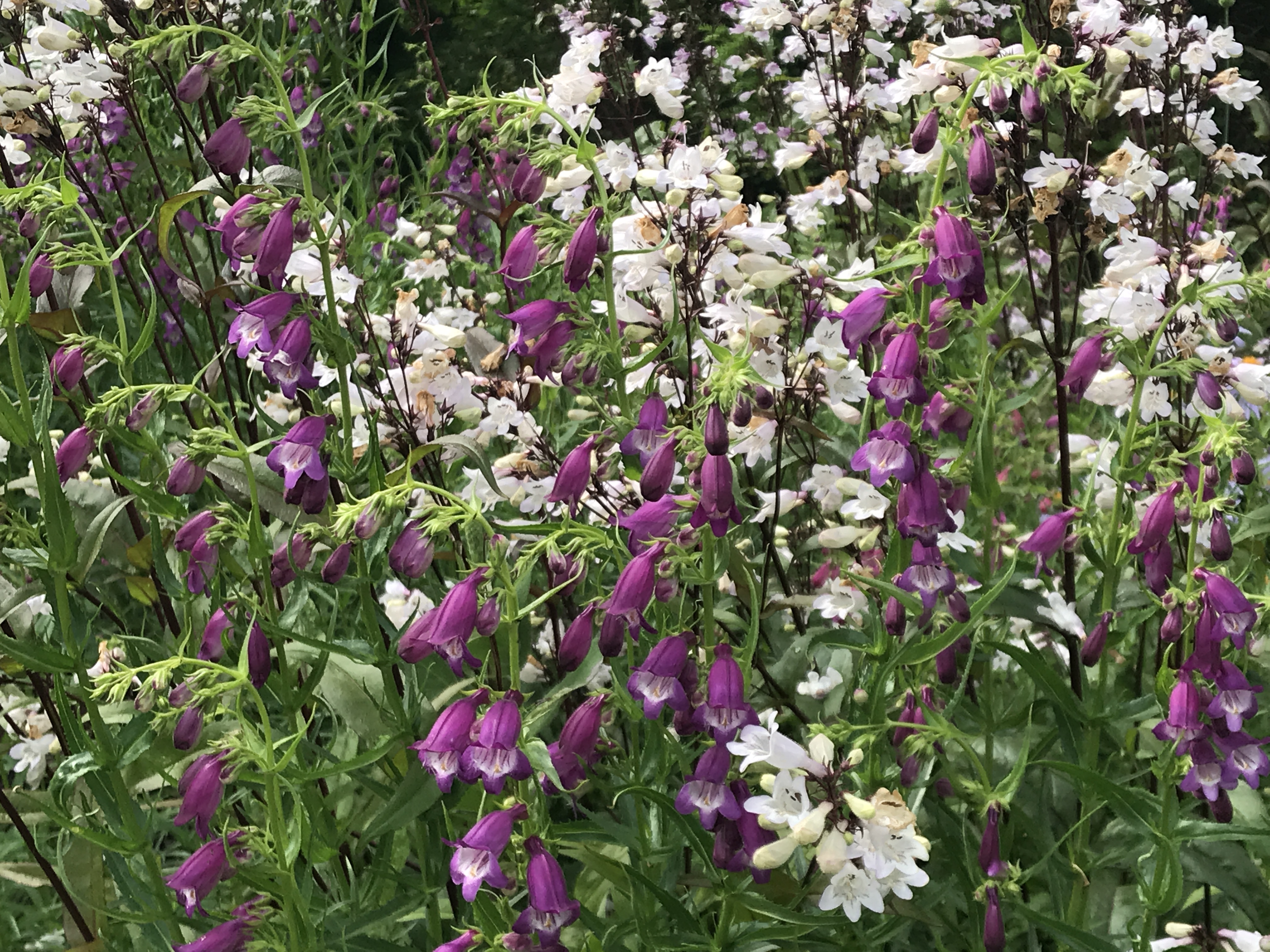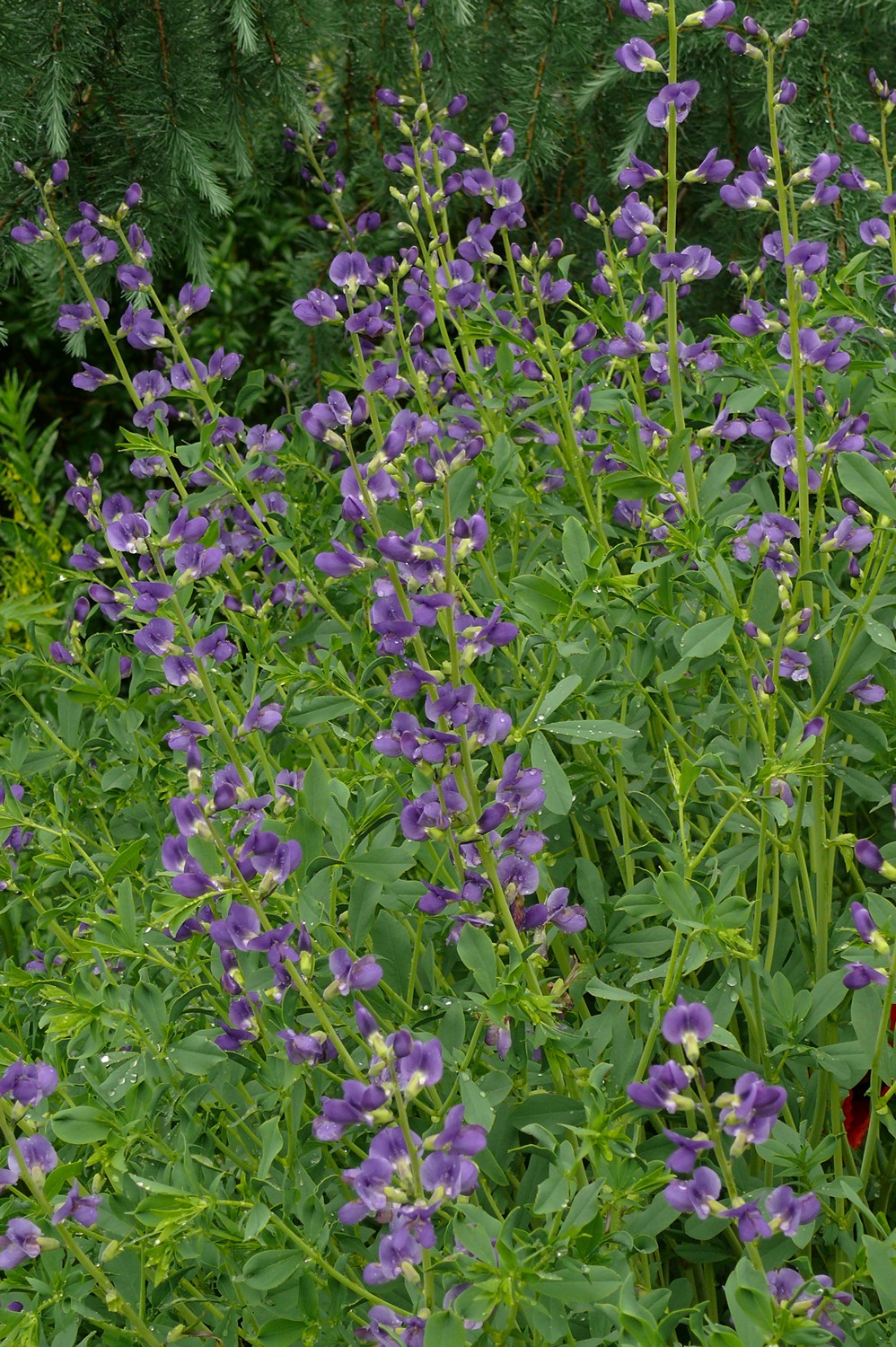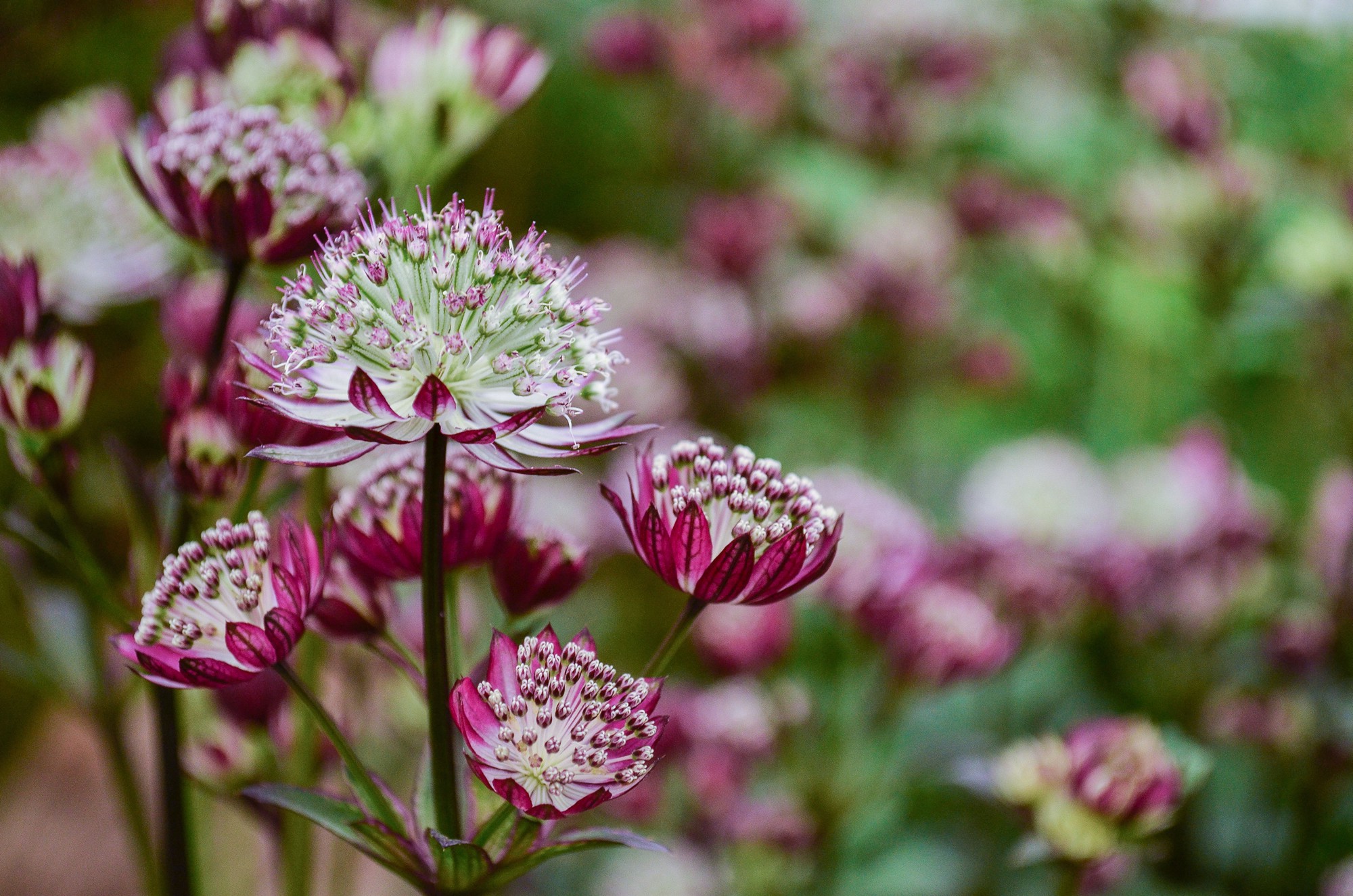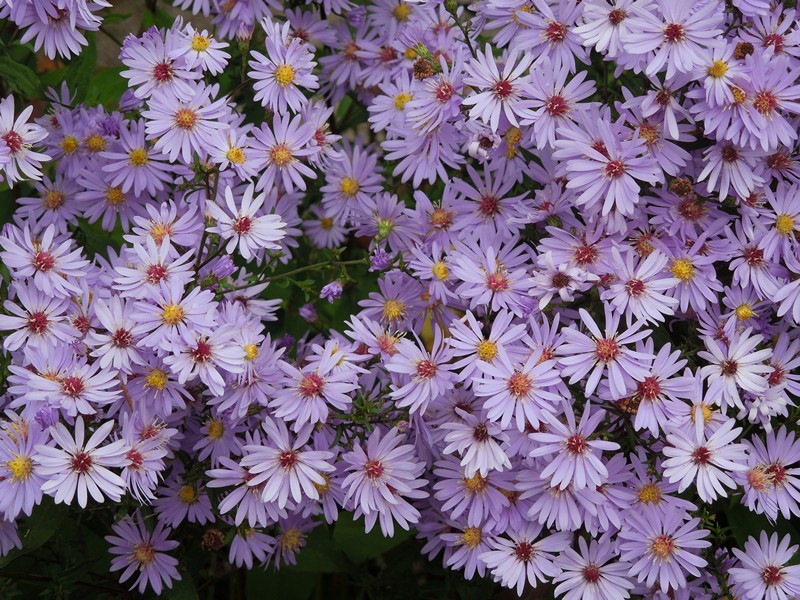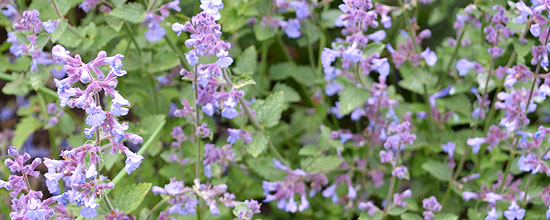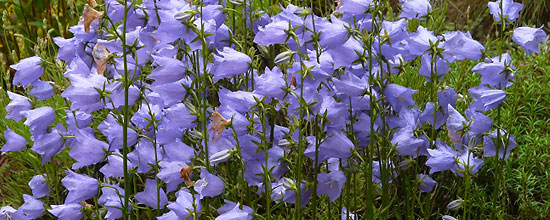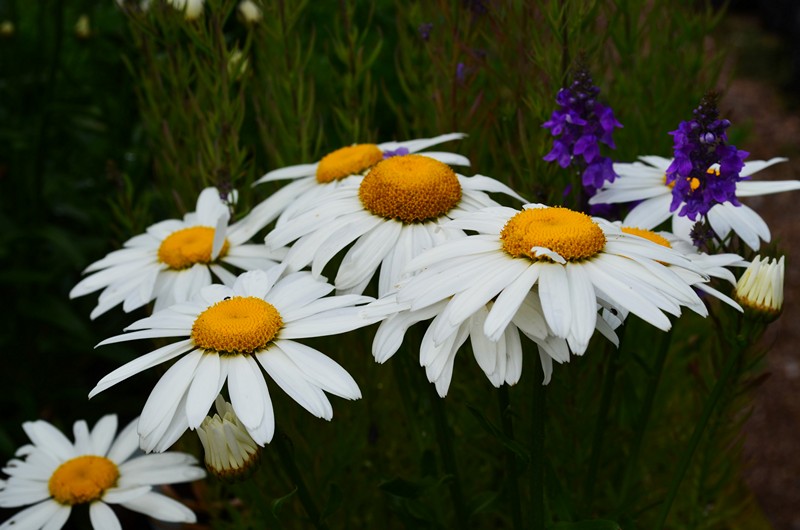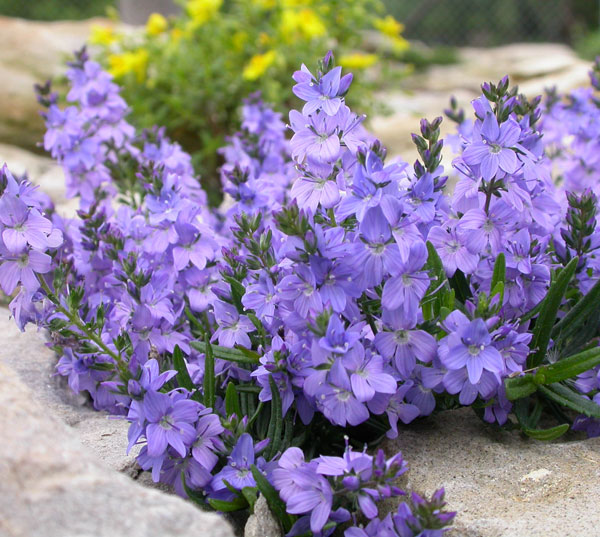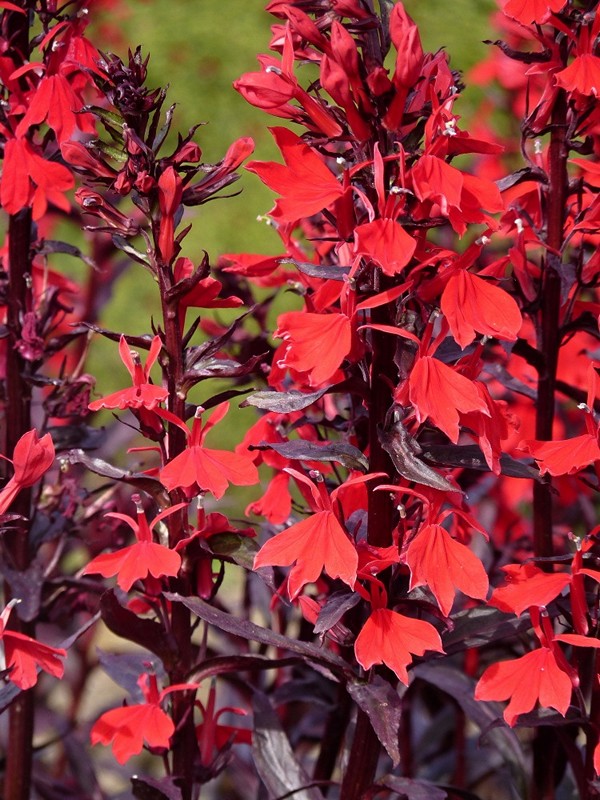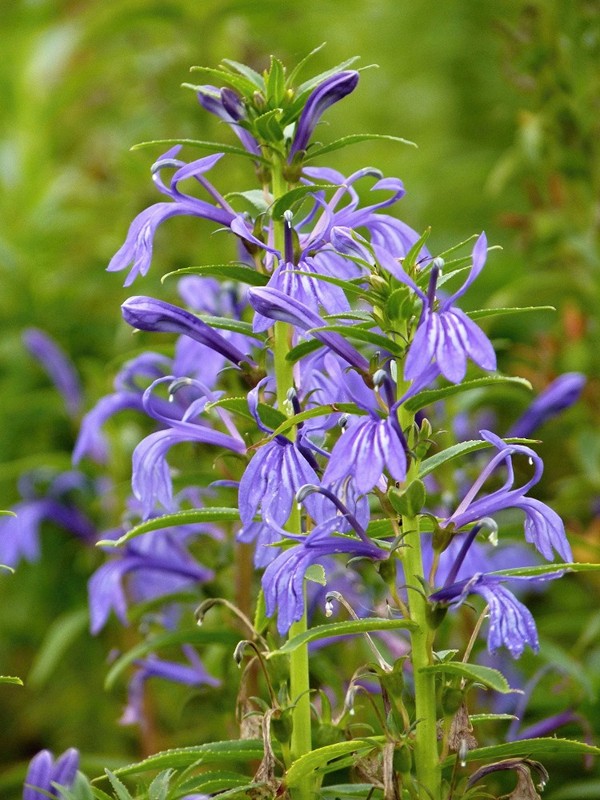Perennial garden Lobelia (Lobelia; family Campanulaceae, resp. Lobeliaceae) not in our plants with a long tradition of growing. The menus horticultural companies more appear until roughly the last 10 years. Original botanical species originates from North America, There are growing especially in damp habitats, near streams, water areas, etc.. Offered plants are mostly cultivars belonging to the circuit Lobelia × speciosa. They are quite complicated hybrids on the creation of which participated as a species L. cardinalis, L.. fulgens a L. siphilitica. These plants meets humic, sufficiently moist soil blended with peat. Hard to bear too wet winters and are grateful for the winter blanket. Unfortunately, even that often protect the plants from vymrznutím. Unreliable winter hardiness of many cultivars is probably the main reason, the plants in our culture too diffused. At unreliable wintering involved seems therefore not only at low temperature, but rather its volatility during the winter and changing too wet and drier periods and snow cover.
Lobelia cardinalis (lobelka šarlatová)- Grows around the lakes, streams in damp meadows in North America, from Canada to Mexico. Creates clumps rosette of lanceolate leaves. Bright red blooms from June to September. The garden needs a moister habitats in sun or light shade.
Lobelia × gerardii (syn. Lobelia × vedrariensis) – natural hybrid between L. cardinalis a L. siphilitica. In the culture of several colored forms, e.g. 'Vedrariensis' with dark purple flowers, 'Tania' s karmínově purpurovými květy nebo 'Blauzauber' with blue flowers.
lobelia siphilitica - Inhabits the east of North America. It grows in moist forests and wetlands. The plant is high nearly 1,5 m, Typical is the pale blue flowers, sometimes blooms and white. It tolerates up to -25 ° C.
Lobelia fulgens (syn. Lobelia splendens) (lobelia glossy) from Mexico, blooms bright red. Sometimes ranked even the kind L. cardinalis. It is not as hardy and its crossing of apparently led to a general decline in frost resistance in hybrids.
Lobelia × speciosa most cultivated species. Cultivars nakvétají pink, orange, red, purple or blue color and its shades of flowering in July and lasts until the end of summer. Frost resistance is variable and if possible, it is better to keep the mother plant through the winter in a cold greenhouse at 3-6 ° C.
- Lobelia fulgens 'Elmfeuer' flower detail
- Lobelia fulgens 'Elmfeuer'
- Lobelia sessilifolia
Rather collection have significance in terms of our species as Lobelia tupa - Robust species from South America (Chile), growing up 1,5-2 m height and large nakvétající, dark red inflorescence, or Lobelia laxiflora our. angustifolia home in Arizona and Mexico. It is a minor, dense shrub with narrow, lanceolate leaves and two-color - flowers oranžovožlutými.
Both types do not tolerate temperatures below -10 ° C. They can be applied in the conservatory and in the summer for example. on the terrace.
If we ignore unreliable hardiness, Lobelia is not too demanding among garden plants. The condition of good growth is sufficiently moist soil rich in humus and habitats rather in the shade, but tolerates full sun. Plants do not experience major diseases and pests.
Plants are very easy to grow, either seed very early spring (January March) Then the young plants nakvétají in July, or March dividing subsidiaries rosettes. These overwintering leaf rosette forms of vegetation around the end of fading plants. It should be removed as early as autumn, keep through the winter in a cold greenhouse in March and split into individual plants and land. If we multiply the seed, must remember, that is needed for germination and sowing light is spread equally. It is possible, Thanks very tiny seeds, they have been mixed with fine sand, which facilitates sowing. At temperatures of 18-22 ° C for seed sprout 10-14 days. Presevo their own seed but is not a reliable way, if we want to preserve the varietal authenticity.
The most famous varieties include seed multiplied series Lobelia × speciosa 'Fan' (s odrůdami 'Blue', 'Burgundy', 'Deep Rose', 'Salmon', 'Scarlet' nebo 'Scharlach'), offered seed company. As already suggest names of varieties, This series brings almost the entire color range lobelek.
For vegetatively propagated varieties include.:
L. siphilitica 'White Candles' – very compact growth and pure white flowers, grows only 50 cm.,
L. siphilitica 'Lilac Candles' – habit similar to previous, light blue-violet flowers.
Lobelia 'Queen Victoria' – striking red foliage and bright orange flowers,
Lobelia × gerardii 'Tania' – with crimson purple flowers,
Lobelia 'Royal Fuchsia' with dark burgundy-red flowers,
Lobelia 'Rosen Cavalier' with pink flowers,
Lobelia 'Cotton Candy' pale pink flowers,
Lobelia 'Brightness' It is a variety with bright red flowers, compared to above seems more hardy.
The article was published on the website of the Association Czech perenářů courtesy magazine Zahrádkář.





